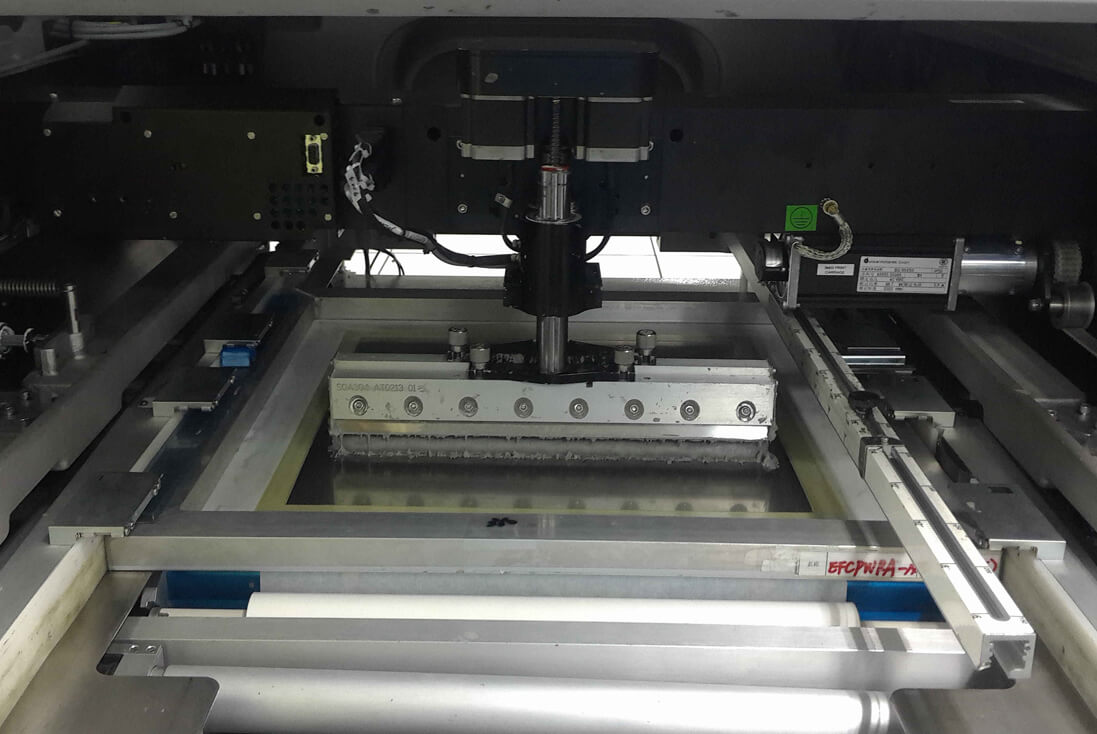Views: 1 创始人: Site Editor Publish Time: 2024-09-14 Origin: Site








Detailed classification of solder paste
I. Based on the different components, solder paste can be divided into the following two categories:
1. Lead-containing solder paste
This type of solder paste contains lead components, although the environment and the human body has a greater harm, but the soldering performance is superior, the cost is lower, applicable to the environmental requirements of the electronic products are not high.
2. lead-free solder paste
Lead-free solder paste is environmentally friendly, less harmful to the environment and the human body, applicable to environmentally friendly electronic products. As the country's environmental requirements continue to improve, lead-free technology in the SMT processing industry will gradually become the mainstream.
Second, according to the different melting points, solder paste can be divided into the following three kinds:
1. High temperature solder paste: such as Sn-Ag-Cu305, 0307;
2. Medium temperature solder paste: such as Sn-Bi-Ag. 3;
3. low temperature solder paste: such as Sn-Bi.
In the SMT chip processing, according to the product characteristics of the appropriate solder paste melting point should be selected.
Third, according to the division of tin powder fineness, solder paste can be divided into the following grades:
No. 1-6 powder, of which No. 3-5 powder is most widely used. Precision products should choose a smaller fineness of tin powder, but the lower the fineness, the larger the oxidized area of tin powder. Round tin powder helps to improve the printing quality.
The specific classification is as follows:
- No. 3 powder: relatively inexpensive, suitable for large SMT process;
- No. 4 powder: suitable for IC with tight feet, SMT chip processing;
- No. 5 powder: suitable for products that require very high welding accuracy, such as cell phones, flat panels, etc.. In the SMT chip processing, the higher the complexity of the product, the choice of solder paste becomes particularly critical. The correct choice of solder paste for different products can effectively improve the process level of SMT SMD processing.
Precautions for the use of solder paste in SMT SMD processing are as follows:
1. Storage temperature: recommended to be stored in the refrigerator at 5℃ to 10℃, and the temperature should not be lower than 0℃.
2. out of the principle: should strictly follow the “first in, first out” principle, to avoid storing solder paste in the freezer for too long. 3.
3. Defrosting requirements: After taking out the solder paste from the freezer, it should be defrosted at room temperature for at least 4 hours, and the cap should not be opened for defrosting.
4. Production environment: It is recommended that the temperature in the workshop be controlled at 25±2℃ and the relative humidity be maintained at 45%-65%.
5. Used old solder paste: the opened solder paste should be used up within 12 hours, if you need to save, make sure the container is clean and sealed and put it back into the cold cabinet.
6. The amount of printing paste: the amount of solder paste placed on the stencil for the first time, should not exceed half of the height of the squeegee when printing is appropriate, and need to be observed diligently, and add less.

The following precautions need special attention during the printing operation of SMT SMD process:
1. Squeegee: It is recommended to use steel squeegee, which is conducive to film removal and solder paste molding on the pad.
- Squeegee angle: Manual printing should be set at 45°-60°; machine printing should be set at 60°.
- Printing speed: manual printing speed is 30-45mm/min; machine printing speed is 40mm-80mm/min.
- Printing environment: the temperature should be kept at 23±3℃, and the relative humidity should be 45%-65%RH. 2. Stencil design: when designing the stencil, the appropriate stencil thickness should be selected according to the specific needs of the product, and the shape and proportion of the openings should be determined.
QFP\CHIP Size Requirement: For 0402 size CHIP or center spacing less than 0.5mm, laser must be used for open hole processing.
Stencil test: To ensure the performance of stencil, tension test should be carried out once a week, and the tension value needs to be more than 35N/cm.
Stencil Cleaning: In the process of continuous printing of 5 to 10 pieces of PCB boards, the stencil should be cleaned once by using dust-free wiping paper. It is recommended to avoid the use of rags.
3. Cleaning agent selection: When cleaning the stencil, it is recommended to use alcohol solvent and IPA for cleaning, do not use solvents containing chlorine components. This type of solvent will destroy the composition of the solder paste, thus affecting the overall printing quality.
Translated with www.DeepL.com/Translator (free version)
 苏公网安备32058302004438
苏公网安备32058302004438